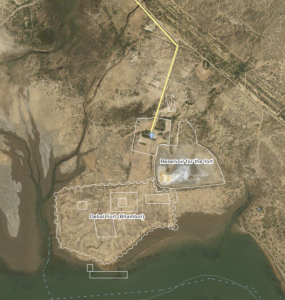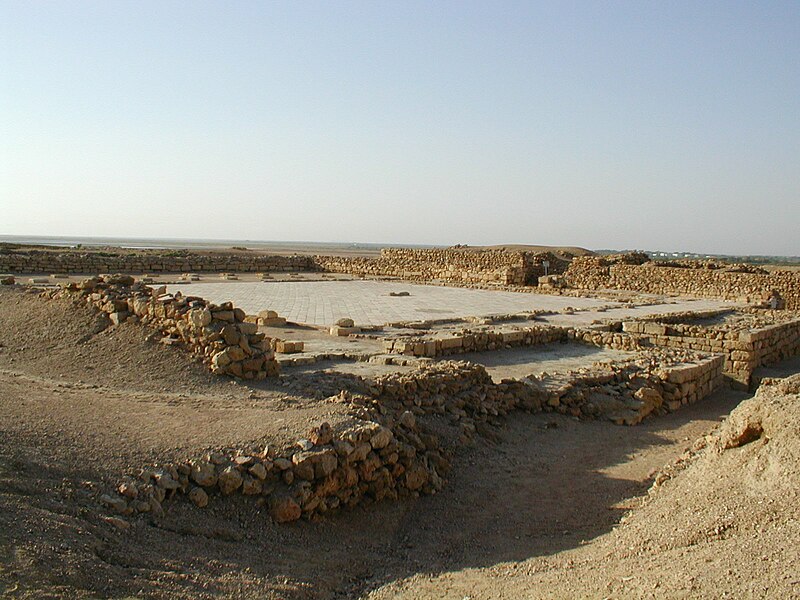Old Mandu (बूढ़ी मांडू/बूढ़ी मांडव), Dhār district, Madhya Pradesh. Stepped ghāṭ with inscribed blocks.
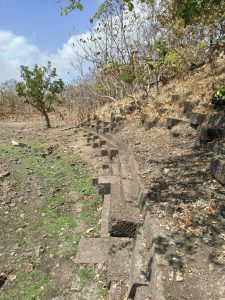
Old Mandu (बूढ़ी मांडू/बूढ़ी मांडव), Dhār district, Madhya Pradesh. Stepped ghāṭ with inscribed blocks.
IN03151 Galle Trilingual Stele – Persian Inscription
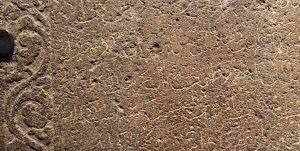
Galle (Sri Lanka). Stele of Zheng He (鄭和), detail of Persian portion. (Zenodo).
The inscription is engraved on a stone slab discovered in 1911 by H. F. Tomalin, the Provincial Engineer at Galle, in a culvert near the turn to Cripps Road within that town and afterwards moved to the Colombo Museum. The slab features inscriptions in three different languages, enclosed within a floral border: Tamil (top-left, IN03150), Persian (bottom-left) and Chinese (right, IN03152). The Persian inscription is dealt with here.
Following the discovery of the slab, the Chinese inscription was successfully transcribed and translated by Edmund Backhouse. However, Rao Bahadur H. Krishna Sastri (Assistant Superintendent for Epigraphy, Madras) and J. Horrovitz (Epigraphist for Moslem Inscriptions in India) failed in their efforts to decipher the Tamil and Persian texts respectively. Sometime later, the Tamil inscription was transcribed and translated for the third volume of Epigraphia Zeylanica (1933: 331–341) by Senarath Paranavitana, who benefitted from having access to Backhouse’s translation of the Chinese text. The Persian inscription is badly damaged but Khwaja Muhammad Ahmad of the Archaeological Department of H. E. H. the Nizam’s Dominions was able to compile a text and translation of the legible portion, which was published in 1933 as an appendix (Appendix B) to Paranavitana’s account of the Tamil inscription.
Following the discovery of the slab, the Chinese inscription was transcribed and translated by Edmund Backhouse. Like the Tamil inscription, it is dated in the second month of the seventh year of Yongle (永樂), the Chinese emperor whose reign began in 1403. The text features praise and offerings dedicated by the Chinese emperor, through his envoys Ching-Ho and Wang Ch’ing Lien, to the Buddha. The other two inscriptions on the slab feature similar lists of offerings but the beneficiary is different in each case, being a Hindu cult deity in the Tamil text and an Islamic saint or shrine in the Persian. It therefore appears that, when the Chinese arrived in Sri Lanka, they made gifts of equal value to several different religious traditions of the region and registered these gifts on the same stele.
Udaypur उदयपुर (Madhya Pradesh). Arabic and Persian inscription (INAP00005) in a mosque (OBAP00005) near Chatua Darwaza
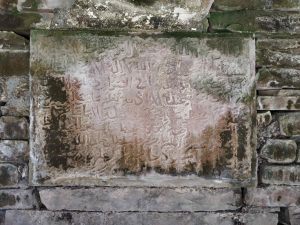
Arabic and Persian inscription (INAP00005) in a mosque (OBAP00005) near Chatua Darwaza recording the construction of the building by Khān-i ʿĀlam Jangi Khān in the time of Islām Shāh; working reading of the text 02/2020.
Udaypur उदयपुर (Madhya Pradesh). Mosque near Chatua Darwaza with an Arabic and Persian inscription (INAP00005)
Udaypur, उदयपुर (Madhya Pradesh).
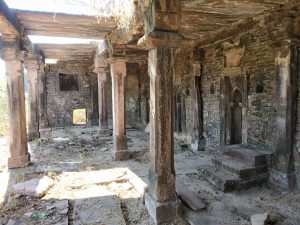
Mosque (OBAP00005) near Chatua Darwaza with an Arabic and Persian inscription (INAP00005) dated 1549 in the time of Islām Shāh of the Sūr dynasty.
Nalanda inscription of Vipulasrimitra
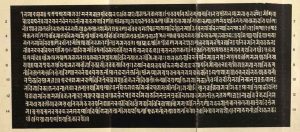
Nālandā (Bihār). Stone inscription of Vipulaśrīmitra.
Nālandā नालंदा inscription of Vipulaśrīmitra

Nālandā (Bihār). Stone inscription of Vipulaśrīmitra.
Banbhore broken stone slab (OBAP00004) with a Kufic inscription (INAP00004) dated AH 294/906-07 CE
Pauni (पौनि District Bhandārā) Maharashtra. Stone megalith with an inscription of Bhagadatta (INNAG0033)
Pauni, Maharashtra.
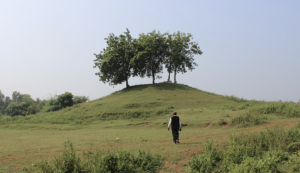
Hardolal Tekri, findspot of the inscription of Bhagadatta
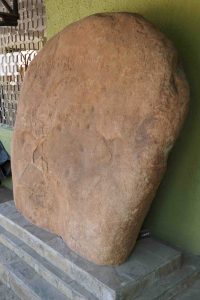
Megalith with inscription of Bhagadatta
Pauni (पौनि District Bhandārā) Maharashtra. Inscription (INNAG0033) of Bhagadatta on a stone megalith
Pauni (पौनि District Bhandārā) Maharashtra.
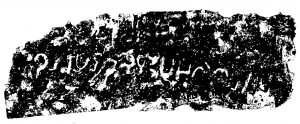
Inscription of Bhagadatta (inked impression). Note: The inscription is shown here upside down to match how the megalith is displayed in the Nagpur Museum.
Pauni (पौनि) stūpa railing pillar (OBNAG0009) with two inscriptions (INNAG0009-10)
Pauni (पौनि Bhandārā district) Maharashtra.
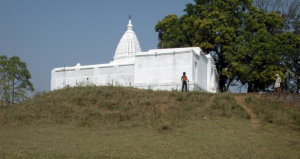
Site of stūpa with modern temple of Jagannāth.
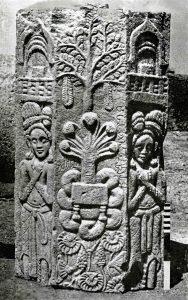
Pauni (पौनि) stūpa railing pillar (OBNAG0009) with two inscriptions (INNAG0009-10), as photographed in situ prior to removal to the National Museum of India.
